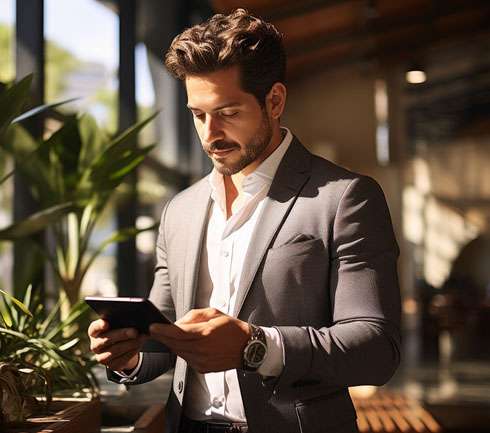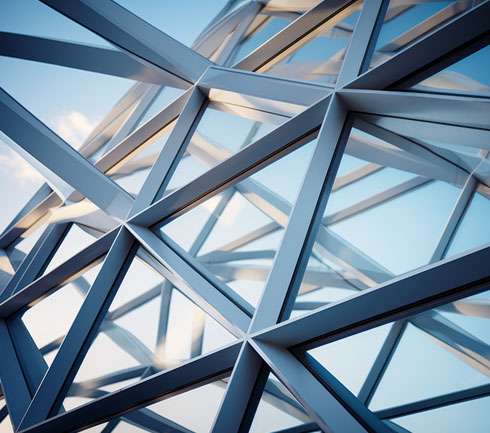It’s Saturday, January 10, 2026 in Austin, Texas
Native American Ancestry DNA - am I descended from Pocahontas?
Stories of people who have asked me this question and what I tell them
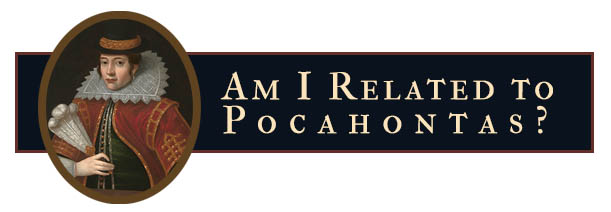 A while back I wrote a blog, "My Sullivan Family Ancestry and Pocahontas" about my descent from Pocahontas, who was my 9th great grandmother. Since then I have received maybe close to 100 emails and phone calls from people asking how they can find out of they are related to her as well.
A while back I wrote a blog, "My Sullivan Family Ancestry and Pocahontas" about my descent from Pocahontas, who was my 9th great grandmother. Since then I have received maybe close to 100 emails and phone calls from people asking how they can find out of they are related to her as well.
Some Virginia families claim descent from Pocahontas and her husband, John Rolfe; in fact the majority of the descendants of Pocahontas in the USA are through their son, Thomas Rolfe.
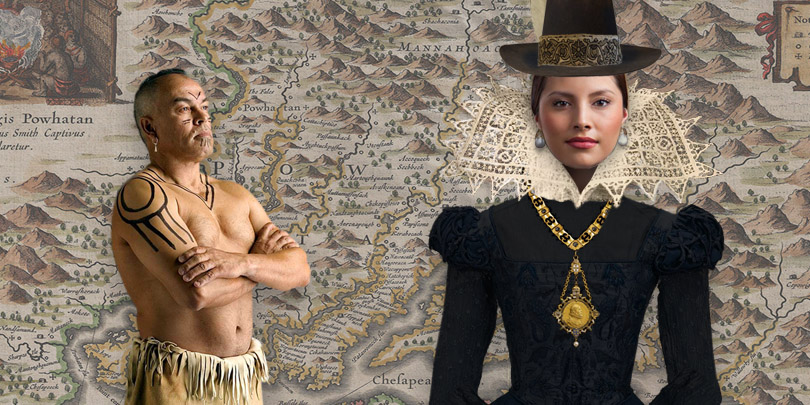 Pocahontas was only 27 when she died in the arms of her husband as she was leaving Britain to return to Virginia. They had just sailed away and were leaving the Thames estuary when she became very sick and the ship pulled to shore where she died. Some people claim she was killed or poisoned. There are many stories about Pocahontas, many of the popular stories that everyone assumes are true are not. The real story is much darker.
Pocahontas was only 27 when she died in the arms of her husband as she was leaving Britain to return to Virginia. They had just sailed away and were leaving the Thames estuary when she became very sick and the ship pulled to shore where she died. Some people claim she was killed or poisoned. There are many stories about Pocahontas, many of the popular stories that everyone assumes are true are not. The real story is much darker.
Previous to her marriage to Rolfe, Pocahontas had been married (very, very young) to Kocoum, a Patawomeck chief (the English called him a "private captaine") who was killed by the Jamestown settlers when they captured Pocahontas in 1613. They had a daughter, Ka-Okee, who was left behind to be raised by the tribe. Ka-Okee was regarded as Native American royalty and she married the high-born Englishman, Thomas Pettus. They had a daughter, Christian Pettus and she was my 7th great grandmother. That's the background on Ka-Okee.
Here are the questions I ask people when they call or email me about how to determine if they are descended from Pocahontas like me.
Why do you think you are descended from Pocahontas? That's the first question I ask. Many people have heard the story in their families for years; just like it was with me. Usually it's the same one I heard, but not always. One person told me she was 100% sure she was descended from Pocahontas because she was in almost daily contact with her spirit, who had related many previously unknown and unpublished stories of her life in great detail. This same person wanted my help in editing the screenplay she was completing for a new Hollywood movie on Pocahontas.
Another person told me they were the real Pocahontas, still walking the earth 400 years after her death and in an extremely bad mood. This was no everyday reincarnation-of-Pocahontas story, but more of a vampire Lestat tale or "Death Becomes Her" with Goldie Hawn and Meryl Streep. The odd thing was the person who claimed to be the real Pocahontas had a husky male voice! I guess the vocal cords had aged.
I had another man tell me that he could help me recover lost property and money in the estate of Pocahontas in England and Virginia, and it could be worth millions. He only needed $5,000 to start the work. Well, you know what that scam was all about.
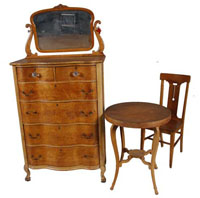 Which Pocahontas child do you descend from? Everybody has a story to tell that's different. Over the years many family traditions get elaborated upon or embellished. Stories get confused and memories fade. Sometimes there are family heirlooms like a feather cap, a dress or a letter from some family member. Once I had a family insist they had a highboy chest of drawers that belonged to Pocahontas. They sent me pictures. Obviously, it had been made at least 150 years after her death and in any case, no pieces of furniture associated with her have ever turned up (correct me if i am wrong). It could even have been 20th century. They were very disappointed when I shared my doubts with them. They were ready to go on Antiques Roadshow or send it to auction. Dashed dreams of a millions dollar sale! (the image on the right is NOT what they sent me, but it's similar).
Which Pocahontas child do you descend from? Everybody has a story to tell that's different. Over the years many family traditions get elaborated upon or embellished. Stories get confused and memories fade. Sometimes there are family heirlooms like a feather cap, a dress or a letter from some family member. Once I had a family insist they had a highboy chest of drawers that belonged to Pocahontas. They sent me pictures. Obviously, it had been made at least 150 years after her death and in any case, no pieces of furniture associated with her have ever turned up (correct me if i am wrong). It could even have been 20th century. They were very disappointed when I shared my doubts with them. They were ready to go on Antiques Roadshow or send it to auction. Dashed dreams of a millions dollar sale! (the image on the right is NOT what they sent me, but it's similar).
Another time a woman claimed that a famous painting of Pocahontas was a dead ringer for her. It's true she looked a lot like the painting. The beautiful "Pocahontas portrait" is owned by the Kings Lynn Borough Council and until recently very little was known about it. However a few years ago some new information came to light that revealed that it was actually a portrait of Pe-o-ka, the wife of Osceola, the principal War Chief of the Seminoles from 200 years later, perhaps she was related to her.
Here's the painting or the right:
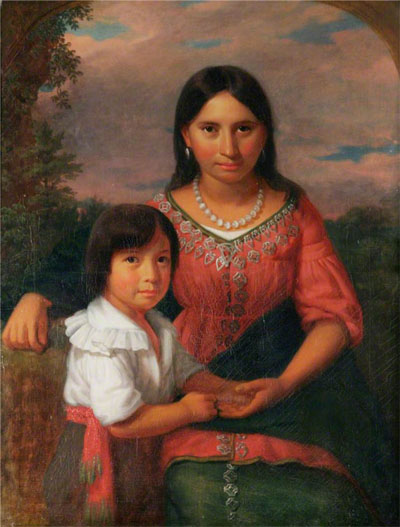
During the 300 year anniversary there where many families who put down their Pocahontas descent or stories related to her and her children in writing. The Rolfe line is better documented is in a number of the so called First Families of Virginia, including the Randolphs. If someone traces their ancestry from Thomas Rolfe it easy to document and their are loads of resources in print and online.
Have you done any research online, have you created your own family tree? I think it is very important that people create their own tree somewhere, Pocahontas is a good starting point for people to create their own family histories. Ancestry.com is the still the most popular website for tree making, MyHeritage.com is also a good resource. You can go there and capitalize on the work of other family historians and connect with them. My Sullivan-Pocahontas family tree has been well documented by MyHeritage.com by others. I think I have 4-5000 people on my ancestry.com tree (started with 10 years ago, now it seems I am related to everyone!). Even though Ancestry.com has a light version that is free it is not always easy to get people to try it. Ancestry.com does try to send you more services. I think my subscription is around $30 a month.
Have you done a DNA test? I have done the Ancestry.com DNA test and have processed the results through other websites like GED Match. I get DNA matches to other descendents of Christian Pettus and deeper into the Pettus tree. I also get matches to other Virginia families who have Pocahontas in their tree through Rolfe. This could mean that I share some DNA with them through some other ancestor, but it is interesting that I get matches from both branches. This would seem to prove that Pocahontas had two children. Some people still doubt this. The tribe strongly believes this and it's the same story they have been telling since the 1600's. Some people ask me if they should take the Ancestry.com or some other test. Only the Ancestry.com test can link you to millions of possible ancestor matches in trees with names. My Ancestry.com DNA test has validated all of my tree lines. Recently it found a strong match in my Atchison line that proved an important (to me) great-great grandmother was really mine. My great-great grandfather was a mean SOB who had married many times. Actually I am not sure he was married to his wives. He had multiple families. Anyway I got a DNA match to the wife (and her line) who was the mother of my grandfather, so I knew I could trust that line of descent to me. As I have written elsewhere in this site I have also proved my descent from the Cherokee Chief Shoeboots and Clarinda Ellington from my Ancestry.com test. If people think they are descendants of Pocahontas, create a tree on Ancestry.com and take the DNA test it's possible they could pop up as a match for me.
Some people are disappointed when they don't find any Native American DNA in their Ancestry.com results. This does not necessarily mean that you aren't a descendant of Pocahontas, there may be too many generations going back to Pocahontas for you - 9 of them - and your DNA has been diluted to the point that it doesn't leave a trace that can be discerned in your results.
Here is my Pocahontas line of descent from Ancestry.com:
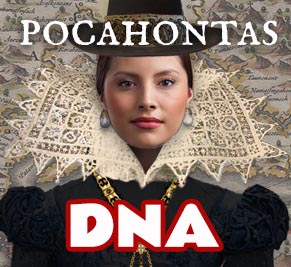 Here is a long bit of text from the publication, Patawomeck Tides published in 2009 that details their claims regarding Pochontas and her daughter:
Here is a long bit of text from the publication, Patawomeck Tides published in 2009 that details their claims regarding Pochontas and her daughter:
The information was obtained from the sacred oral history of the Mattaponi Tribe. The Mattaponi Tribe has a special interest in Pocahontas, as many of them descend from the sister of Pocahontas, Matachanna, who went to England with Pocahontas and took care of Thomas Rolfe, the son of Pocahontas and John Rolfe. The book revealed that Pocahontas first married the Indian, Kocoum, the younger brother of Chief Japasaw, and had a child by him. William Strachey, Secretary of Virginia Colony, wrote that Pocahontas had first married the Indian, Kocoum, in 1610, but did not mention that she had a child by him, a fact that was probably kept secret by the Patawomecks for the safety of the child. The book by Custalow and Daniel calls the child “Little Kocoum,” but the time line near the end of the book states that they really do not know anything about the child from the sacred Mattaponi history, only that Pocahontas had a child by Kocoum and that the child was raised by the Patawomeck Tribe. The book states that the Newton family of Stafford County descends from the child of Pocahontas and Kocoum! Can you imagine the joy of the compiler to learn this after over 40 years of research? It was no wonder that he could not find a descent from Pocahontas and John Rolfe for his family. The descent was not from John Rolfe at all but was through Pocahontas’ first husband, Kocoum! The reason that the Mattaponi Tribe knew that the Newtons and other Stafford families descended from Pocahontas and Kocoum was due to the research of the late Mattaponi Chief, O. T. Custalow, who married Elizabeth Newton of Stafford. Chief Custalow researched the ancestry of his wife, Elizabeth Newton, long before the compiler was born and was able to talk to the elders at that time who knew how they descended from Pocahontas. Years later, when the compiler began his research, the elders at that time knew that Pocahontas was their ancestor but did not know how.
After finding out about the descent from Pocahontas and Kocoum, the task began to figure out the exact lineage. This was not difficult because every family line which carried the knowledge of a descent from Pocahontas went back to the Martin family and the Indian girl, Ka-Okee.
Since we know from a deposition that Ka-Okee’s daughter, Christian, was born about 1636 or 1637, it was not hard to figure out that Ka-Okee, herself, was the daughter of Pocahontas! That explained the fondness of the name of “Rebecca” by the descendants of the Martin family, as that was the Christian name of Pocahontas. The Peyton/Payton family claimed that their Indian ancestor was a daughter of Powhatan and even named a child as late as the 1800s as “Rebecca Martin” Peyton. She was obviously named after a child of John and Christian Martin. Bill, the compiler, believes that Rebecca was the oldest child of John and Christian Martin and was the first wife of Rev. John Waugh. Rev. Waugh’s descendants by his first wife carry the strong tradition of Indian blood. As was often done in the old days, Rev. Waugh later married another daughter of John and Christian Martin, namely their daughter, Christian, who had first been married to Evan Williams and was the ancestor by Williams of some of the families of Elkins, Grigsby, Redman, and Peyton. Rev. Waugh did not have any children by his last wife, Christian. Ka-Okee is believed to have married a member of the Pettis/Pettus family. The name of her daughter, Christian, was a favorite ancestral name of that family going back to their ancestor in England, Christan (Dethick) Pettus, and the descendants of Christian Martin continued to carry on that given name for many generations. Ka-Okee’s husband was likely a brother of Col. Thomas Pettus, who had a sister named “Christian” and owned land that adjoined that of Chief Wahanganoche which was the later home of Ka-Okee’s daughter, Christian. Col. Thomas Pettus did have a brother, Theodore, who came to Virginia in 1623 and was still in Virginia near the end of 1626, when he made a testimony in court. It is important to note that the famous Matoaka portrait of Pocahontas was found in England in a Pettus home! Col. Thomas Pettus’ uncle, William Pettus, married Elizabeth Rolfe, the daughter of John Rolfe’s own granduncle, Henry Rolfe! The compiler did not realize that such close connections between the Rolfe and Pettus families existed in England until he was compiling this article. John Rolfe took Pocahontas to his family estate in England when they visited there in 1616. She no doubt met the Pettus family and may have asked that if any of them went to Virginia to please check on her daughter, Ka-Okee. One evidently did check on her and married her. Since we do not have definite knowledge of the name of Mr. Pettis/Pettus, who married Ka-Okee, he could even have been been a son of William Pettus and Elizabeth Rolfe who were married in 1594. Col. Thomas Pettus brought his nephew, Thomas, son of his brother, William, to Virginia. Is it any wonder that Thomas Pettus’ grandson, Josias Fugate, married his own cousin, Mary Martin, a granddaughter of John Martin and Chistian Pettus and became the ancestor of the Sullivan family of Stafford? Christian Pettus, daughter of Ka-Okee, had a sister who married a Mr. Goldsby and is believed to have had a brother, Robert Pettis, who lived in the same area and had a daughter named Rebecca. Rebecca, daughter of Robert Pettis, was named in the will of Thomas Maddison as his godchild. Thomas Maddison is said to have been the son of Isaac Maddison, who lived for a while at the Patawomeck Village. Rebecca Pettis may have been the same Rebecca who was the first wife of John Meese, her cousin of Indian blood, and would explain why the later Mees/Mays family of Stafford County claimed a descent from Pocahontas. Ka-Okee may have had many other children who were the ancestors of Stafford families. The compiler believes that Chief Wahanganoche, himself, married a daughter of his relative, Ka-Okee, as will be explained. Many of our tribal members may not know their distant ancestry and would not be aware of their own descents from Pocahontas. It would probably help to mention here that some of the families who carry the traditional descent from Pocahontas and Kocoum are: Martin, Threlkeld, Porch, Sullivan, Fugate, Roberson, Curtis, Limbrick, Newton, Green, Butler, Courtney, Humphries, Brown, Jett, Peyton/Payton, Chilton, Burton, Hudson, Jones, Cox, Grigsby, Bates, Berry, Kitchen, Fines, Chinn, McGuire, Payne, Rollow, and many others.
To explain why the compiler believes that Chief Wahanganoche married a daughter of his cousin, Ka-Okee, is a very important story that forms the very basis of our Patawomeck Tribe and its strong connection to the Pamunkey Indians. We need to go back to the family of Chief Powhatan, the supreme ruler of the Powhatan Federation. He was called Chief Powhatan because that was the name of the Federation. His real name was Wahunsunacock. We have a similar situation with out ancestor, Chief Japasaw, who was called Chief Passapatanzy because that was where he lived. The Great King of Patawomeck was often mentioned in the records as the brother of Japasaw, the Lesser Chief, but his actual name has never been determined. We could just similarly call him Chief Patawomeck or King Patawomeck. For years there has been controversy about the identity of Chief Powhatan’s father. Some of the early records state that he was the son of Nemattanon, alias Don Luis de Velasco, who was taken by the Spanish when he was young and returned many years later. I even stated this in some of my published books, but I now believe that he was not Powhatan’s father. The ages do not match well enough for him to have been a father of Powhatan, since Nemattanon was born about 1543, and Powhatan was born about 1545. Since Nemattanon held the same position as Powhatan, he could only have been the younger brother of Powhatan’s mother, through whom the “royal” bloodline flowed. Since the early Powhatans had a tradition of calling a maternal uncle as “father”, that would explain the confusion. This practice of kinship designation is explained in the dissertation of Dr. J. Frederick Fausz of William & Mary College in 1977. The Powhatans had a matrilineal society, in which the ruling bloodline always flowed through the women. Captain John Smith explained this as: “His [Powhatan’s] kingdome desendeth not to his sonnes nor children: but first to his brethren, whereof he hath 3 namely Opitchapan, Opechancanough, and Catataugh; and after their decease to his sisters. First to the eldest sister, then to the rest: and after them to the heires male and female of the eldest sister; but never to the heires of the males.”
Even though this was the rule, there was a way of getting around it for the children of a male ruler to inherit the leadership of the Federation. Chief Richardson made the statement in Pocahontas Revealed that Chief Powhatan’s daughter, Pocahontas, was being groomed to become a future ruler. Your compiler, at first, thought that Pocahontas could never have become a future ruler because she was the daughter of a male ruler whose children could not inherit the rule. Then, he started to examine the circumstances and realized that Richardson was right! Pocahontas certainly was being groomed for leadership, but why would that be if she could never inherit that position? Then came the light! A child of any male ruler could indeed inherit the rule, if, and only if, their mother was of the royal bloodline! All of the male rulers knew this and appeared to have made it a common practice to marry their relatives who were in line to inherit the rule through their royal bloodline. That explained why Opechancanough married his own niece, Powhatan’s daughter, Cleopatra, sister of Pocahontas, because she too was of the royal bloodline. The head of the Federation was allowed to have as many wives as he wished, whereas the other chief of the tribes under his rule were only allowed to have a maximum of two wives. It was the common practice of the head of the Federation to take a wife and then send her away after she had given birth to her first child. The head of the Federation had one child by each wife and the wife was then free to go on with her life and marry someone else. The one exception to this practice was the “favorite” wife. There was at least one favorite wife who lived with the head of the Federation and bore him many children. She was his favorite because she was of the royal bloodline and the only way through which he could have children to inherit his rule. He would, therefore, have as many children by her as he could to create his legacy. Who, then, was the mother of Pocahontas and Cleopatra? It was the favorite wife of Chief Powhatan, Winganuske. She was known to have been his favorite wife and the mother of his then favorite daughter (Cleopatra), after Pocahontas had left his home to be married. We know the names of many of Powhatan’s wives and children by the testimony of Machumps, the brother of Winganuske. Winganuske had the royal bloodline through her mother, the eldest of the two sisters of Chief Powhatan.
Now, we come to the connection to our Patawomeck Tribe. Our tribe was one of the subjects of Powhatan, as he stated in his own words, and a part of the Powhatan Federation. We also know this from the testimony of Henry Spelman, who lived for a number of years with Chief Japasaw. Because the Patawomeck Tribe was a part of the Federation, its rulers were appointed by the head of the Federation. Both the Great King Patawomeck and his brother, Japasaw, the Lesser King/Chief, were appointed to their positions by Chief Powhatan. In 1622, the Great King of Patawomeck was visited by Capt. John Smith. He told Capt. Smith that Opitchipam [next brother of the late Chief Powhatan, who died in 1618] was his brother. It was at this time that he also refused the gift of beads from Opechancanough, the next brother of Opitchipam that were given to him to kill Capt. Rawleigh Croshaw and caused the break from the Powhatan Federation. This has long been a point of confusion for many including myself. The Great King of Patawomeck has often been stated, at this time, to have been Japasaw, not his older brother. This was not the case, however. The last apparent record of Japasaw was in 1619/1620, when he made a trip to Jamestown, as a representative of his brother, the Great King Patawomeck.
As will be explained later, Japasaw may have died by the early spring of 1622, and it was the Great King Patawomeck, the older brother, who was still alive in the fall of 1622 and talked to Capt. John Smith. Your compiler was very glad that our wise Lesser Chief, Gary Cooke, pointed out in a recent Tribal Council meeting that Capt. Smith never talked to Japasaw, only his brother. Japasaw never became the Great King of Patawomeck. He appears to have been the Lesser Chief or King until his death. The sacred oral history of the Mattaponi, some of which has recently been published by Dr. Linwood Custalow and Angela Daniel, states that Japasaw was a very close friend of Chief Powhatan, but was not his brother. Therefore, if Japasaw was not the brother of Opitchipam and Powhatan, how could his own brother, the Great King of Patawomeck, have been their brother, per his own statement? He was not their brother by blood but was their brother by marriage to their eldest sister! He was the father of Powhatan’s favorite wife, Winganuske.
When the Patawomecks broke away from the Powhatan Federation in 1622 and allied with the English, they no longer were subject to having their rulers appointed. They held to the system of the matrilineal society and used it internally in their own tribe, just as they had done long before they became a part of the Powhatan Federation and were allied with the Piscataway Tribe. As their bloodlines were then very much a part of the Powhatans, they continued that royal female bloodline. We know from the writings of Henry Spelman that Japasaw had two wives. One was named Paupauwiske, who had a baby son when Spelman was living with them. We do not know the name of the other wife, but we do know something of her identity. When Pocahontas was living with the Patawomecks at the time that she was captured by the English in 1613, Capt. Ralph Hamor wrote about her capture. In his narrative, he mentioned that Japasaw had been given a copper kettle and other items by Capt. Argall for delivering Pocahontas to them. Hamor made the statement about Japasaw “that doubtlesse he would have betrayed his owne father for them...” That tells us that Powhatan was not Japasaw’s own father. However, Hamor then states that “his [Japasaw’s] father had then eight of our English men, many swords, peeces, and other tooles, which he had at severall times by treacherous murdering of our men, taken from them...” The man who had eight of the Englishmen was none other than Chief Powhatan. That was the main reason for capturing Pocahontas, to use her as a bribe to get the eight Englishmen back safely from Powhatan. If Powhatan was not “Japasaw’s own father” by Hamor’s own words, then why did Hamor then call Powhatan the father of Japasaw? It was because Powhatan was Japasaw’s father-in-law by having married one of his daughters, a sister of Pocahontas. By marrying one of Winganuske’s daughters, Japasaw was seeing to it that one of his own children might have a chance of becoming the ruler of the Federation. His son by a daughter of Powhatan did indeed become the Great King of Patawomeck after the Patawomeck Tribe had broken away from the Federation. The only way that could have happened was for Wahanganoche’s mother to have been of the royal bloodline. It was possible for the son of a Lesser Chief to take over his father’s position, even without being of the royal bloodline, but to become the supreme chief, a son of a male ruler must have had the royal bloodline through his mother. This close connection of Japasaw and Pocahontas, along with the fact that Pocahontas married Japasaw’s younger brother, Kocoum, was the reason that Pocahontas was living with the Patawomecks at the time of her capture. Japasaw was the granduncle and the double brother-in-law of Pocahontas. The fact that the Indians married their nieces in order to give their children a chance to rule may seem like incest to us now, but it was perfectly acceptable to them. Many of the great civilizations of the world carried on the same practice. It was even acceptable for a man to marry his half-sister, as long as she did not have the same mother.
This was a practice of the great civilization of Egypt, as well as the Hawaiians. I must mention here that our Biblical ancestor, Abraham, even married his own half-sister, Sarah!
As mentioned above, the compiler believes that the Lesser King of Patawomeck, Japasaw, died in or by the early spring of 1622. When Pocahontas and John Rolfe visited England in 1616, Pocahontas took a number of her relatives and friends with her. The records of the Virginia Company reveal that two of these Indians were daughters of “no lesse than petie kinges.” Their names were Mary and Elizabeth. In 1621, the Virginia Company sent them to the Somers Islands [Bermuda]. One died during the voyage, but the other, thought to have been the one named “Elizabeth,” was married there in the early spring of 1622 to a well-to-do Englishman at the home of Governor Nathaniel Butler, the ancestral uncle of many of the Butlers of Stafford County. Governor Butler encouraged the Indian maiden to write a letter to her brother in Virginia, who, by her father’s late death, had succeeded to his command. If her father was a Lesser King/Chief, and she was a relative of Pocahontas, who had close ties of kinship to the Patawomeck Tribe, it is very likely that he was Japasaw, Lesser King/Chief of the Patawomecks. Her brother would have been none other than our ancestor, Wahanganoche, who would have succeeded his father as Lesser Chief. As the Great King of Patawomeck was still alive, Wahanganoche would not have inherited that position until after his death, which likely occurred on 22 May 1623 at the famous Poison Plot, in which Dr. John Pott prepared a poison punch that killed over 200 Indians at Patawomeck, including many chiefs. Wahanganoche is believed to have also been the young King of Patawomeck when Father Andrew White visited in March of 1634. Since he was still under age at that time, he had a guardian named Archihu, who was his uncle. Since Archihu had not inherited the kingship, he was evidently an uncle by marriage to a deceased sister of Wahanganoche mother of the royal blood. Wahanganoche was still probably a boy in his late teens by 1634 but would soon take over sole responsibility of the Patawomeck Tribe as an adult king. There were probably several others who would have been in line for the position of the Great King at the time he inherited it, but it is likely that most of the adults died from Dr. Pott’s poison punch.
Now, we will go back to the reason for all of this background information. It was to show why the compiler believes that Wahanganoche, King of Patawomeck, married a daughter of his cousin, Ka-Okee, child of Pocahontas. It was the same practice that his ancestors had carried on for generations before him. By marrying a daughter of Ka-Okee, he would have given his children the matrilineal royal bloodline that had passed down through Powhatan’s eldest sister and the Great King of Patawomeck. At that time, Wahanganoche was very limited at possibilities for a wife to carry on this ancestral tradition. There were probably not many women of the royal bloodline to chose from. Not only were the daughters of Ka-Okee prime candidates, they lived on adjoining property to him. Because Ka-Okee’s daughter would have been half English with very prestigious ancestry on her father side of the Pettis/Pettus family, it is no wonder why Chief Wahanganoche was able to marry so many of his daughters to English colonists of such high social status.
I have been thinking about creating a website for the descendants of Pocahontas. I am not a genealogist nor a professional historian. Perhaps I would be better off to help somebody else create it. If anyone is thinking about it please contact me and perhaps we can collaborate.
Do you have any Pocahontas stories to share? Post them in the comments section below.
Bob Atchison



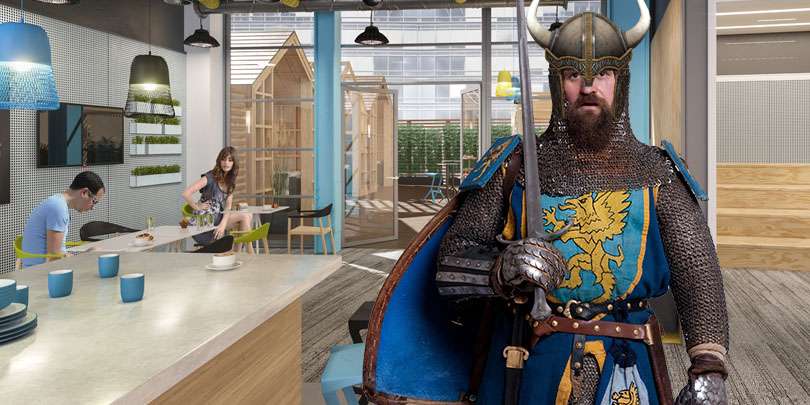



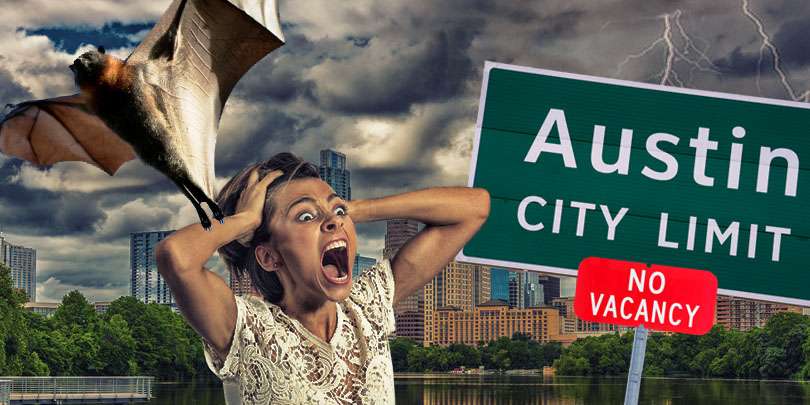
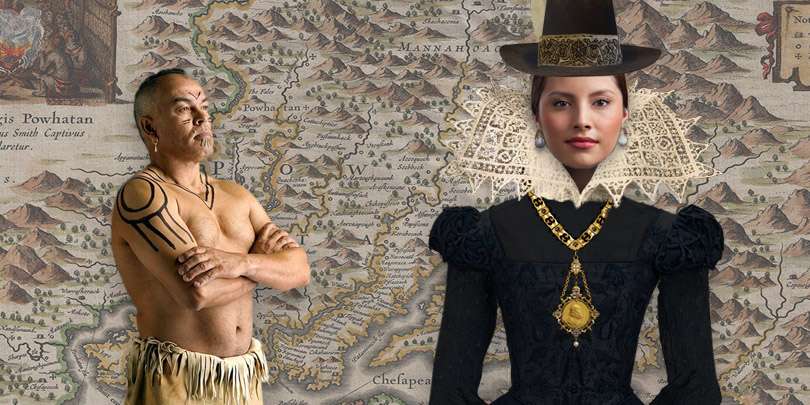





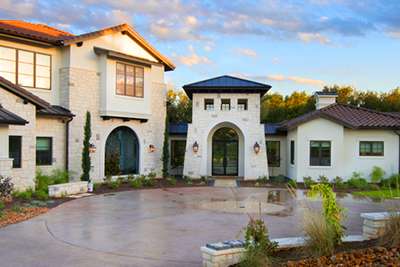
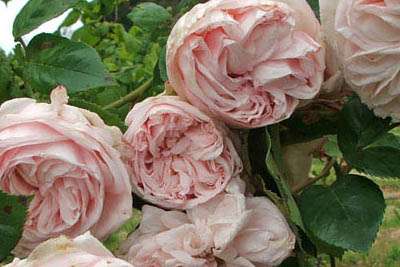
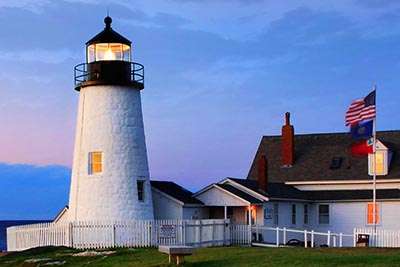
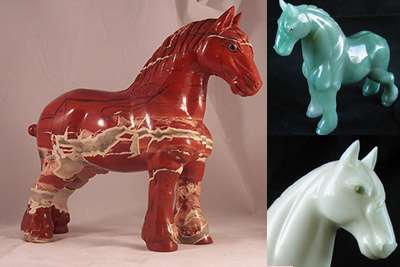









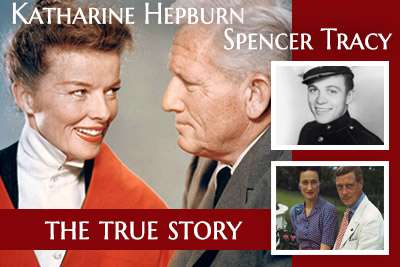
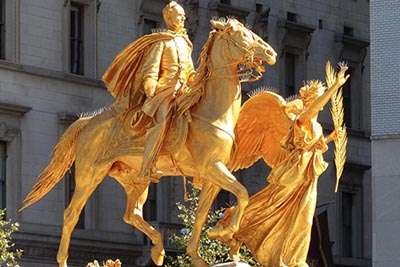
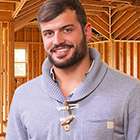 New Home Builder Website Checklist
New Home Builder Website Checklist 








